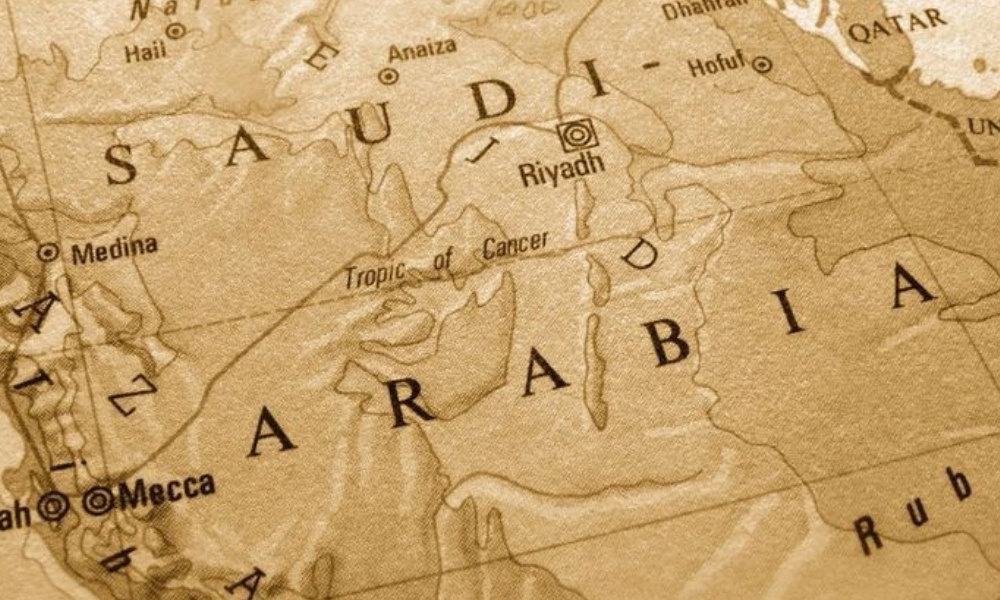But did you ever wonder: What is the old name of Saudi Arabia? Well, it’s a portal into centuries of transformation, culture, and power.
A Kingdom Before It Was One
Before the era it was formally known as “Saudi Arabia,” the region was actually made up of various tribal territories and vaguely governed provinces. These were often referred to by their geographic or tribal name. The most important ones among them? The Kingdom of Hejaz and Nejd.
In early 20th century, two powerful regions ruled the Arabian Peninsula:
Hejaz: This was the west coast of the Arabian Peninsula and comprised the holy cities of Mecca and Medina. It had been a religious and cultural center for many centuries.
Nejd: In the central region, Nejd was a nation of robust tribal confederacies and played a key role in the unity of the country.
Between 1927 and 1932, the area was officially called The Kingdom of Hejaz and Nejd, under the rule of King Abdulaziz Ibn Saud. This was the temporary name before the unification that would create the Saudi Arabia we know today.
The Unification: Birth of Saudi Arabia
In 1932, after decades of conquests and political maneuverings, King Abdulaziz Ibn Saud united the various tribal lands under a single banner. On September 23, 1932, the country was officially renamed The Kingdom of Saudi Arabia, in honor of the ruling Al Saud dynasty. So, the previous name of Saudi Arabia was officially “The Kingdom of Hejaz and Nejd.” Prior to that, however, there wasn’t a single name for the entire area—just a collection of separate or semi-autonomous states.
Why It Matters
Knowing what is the old name of Saudi Arabia informs us about where it came from. It’s not merely a change of names, it’s a union of countless various cultures, tribes, and areas as one monarchy. It also says a great deal about the modern dynamics of Saudi Arabia. The politics, culture, and religious leadership of both Hejaz and Nejd still resonates today.
Lifestyle, Culture, and Identity
Incidentally, even the names Hejaz and Nejd remain culturally significant in Saudi society. For example:
- People from Hejaz have a cosmopolitan way of life and mixed descent due to centuries of pilgrimage and trade.
- Those from Nejd are often seen as the guardians of traditional values and religious scholarship.
This regional distinction adds a unique layer to the Saudi identity, even under one flag.
So the next time someone asks, “What is the old name of Saudi Arabia?”, you’ll know the answer isn’t just a word—it’s a story of tribes, kings, and the birth of a nation. The Saudi journey from the Kingdom of Hejaz and Nejd to what it is today is a sign of how nations evolve, how identities are forged, and how legacies are built. To know more about history of Saudi Arabia, check out Mofa.Gov.SA.




